In a groundbreaking blend of science, legacy, and innovation, SpaceX successfully launched its Transporter-14 mission — a rideshare mission that carried an extraordinary payload beyond Earth’s atmosphere: over 150 capsules containing human DNA and cremated remains.
The launch, which took place on June 21, marks a growing shift in how humans are memorializing life and exploring space’s potential as a final resting place.
🌌 A New Era of Space Memorials
Transporter-14 wasn’t just another satellite deployment mission. Tucked among the high-tech payloads were small, specially-designed capsules that hold the DNA samples and ashes of individuals who chose to have a piece of themselves journey through the cosmos.
The idea? To memorialize life by launching it into orbit — a poetic twist on the concept of returning to the stars.
This practice, known as space burial, is rapidly gaining popularity, thanks to advancements in miniaturized payloads and rideshare opportunities that make it more affordable and accessible.
🛰️ What Else Was on Board?
Besides memorial capsules, the Transporter-14 mission carried dozens of micro- and nanosatellites, serving various purposes:
- Earth observation
- Telecommunications
- Scientific research
- AI-powered space tech testing
This launch continues SpaceX’s reputation for efficiently transporting diverse payloads into orbit using the reusable Falcon 9 rocket platform.
🧬 DNA in Orbit — Why It Matters
Sending DNA into space isn’t just symbolic. Some biotech companies involved in this mission are exploring genetic preservation beyond Earth, envisioning scenarios like:
- Storing human DNA off-planet in case of Earth-based catastrophes
- Studying how cosmic radiation affects DNA over long periods
- Preparing for future colonization efforts by preserving genetic diversity
It’s an exciting intersection of biotechnology and space exploration — and a hint of how space may become the next frontier not just for science, but for safeguarding humanity’s future.
💫 A Personal Journey, a Global Statement
For families who participated in the memorial flight, this was more than just science. It was a tribute — a way to let loved ones live among the stars. Some viewed it as a spiritual journey; others saw it as a contribution to humanity’s celestial legacy.
Whatever the motive, one thing is clear: space is no longer just for astronauts and satellites. It’s becoming deeply human.
🚀 Looking Forward
The Transporter-14 mission stands as a bold reminder of where spaceflight is headed — not just as a tool for science and commerce, but as a stage for emotion, remembrance, and imagination.
With future missions already planned and interest growing, we may soon see more DNA vaults, memory satellites, and even deep-space memorial orbits as part of mainstream space activity.
As we continue to push past Earth’s limits, one thing is certain: the stars are no longer unreachable — they’re becoming part of our story.

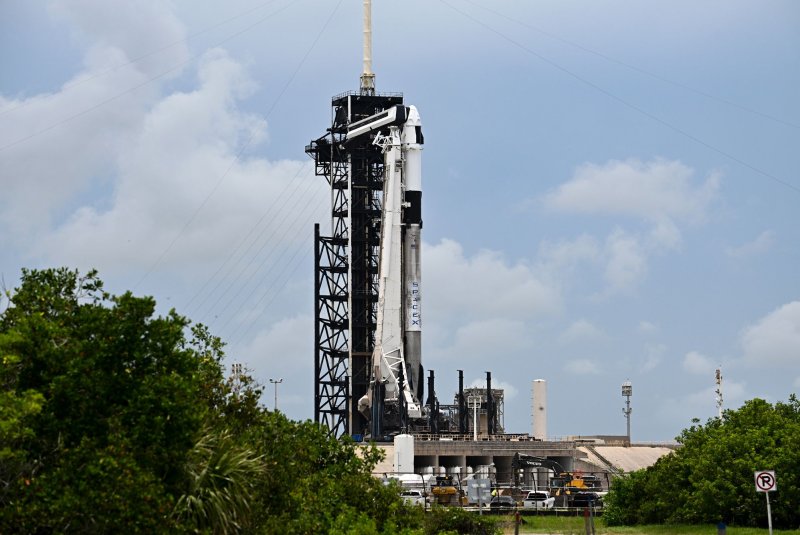
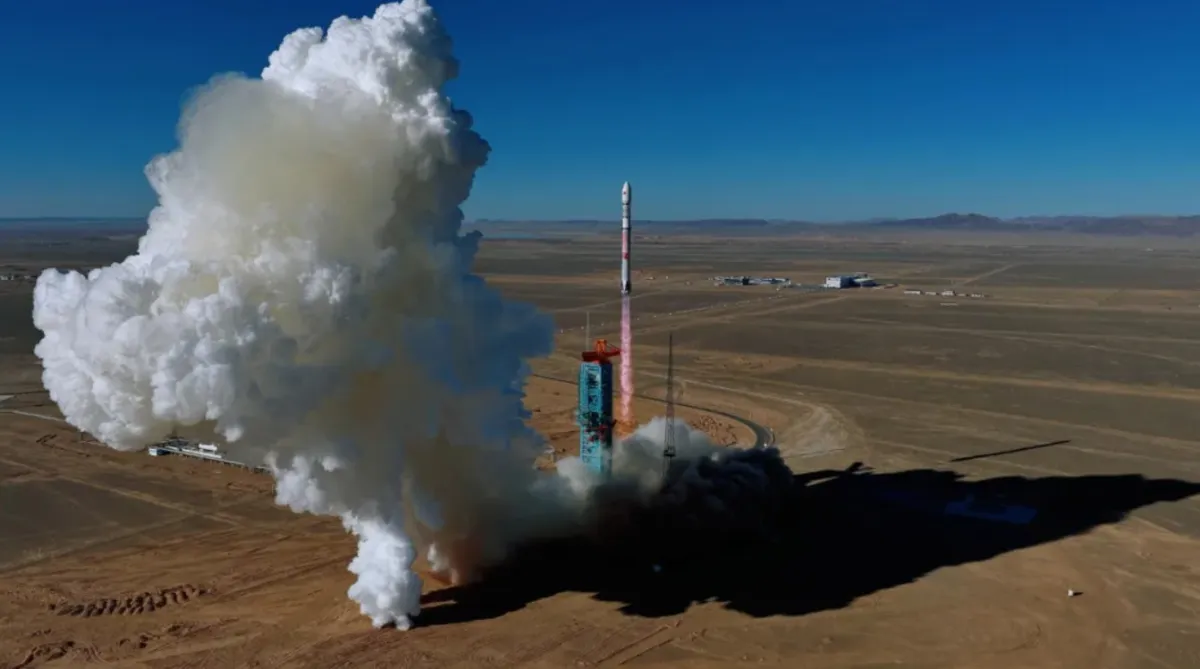
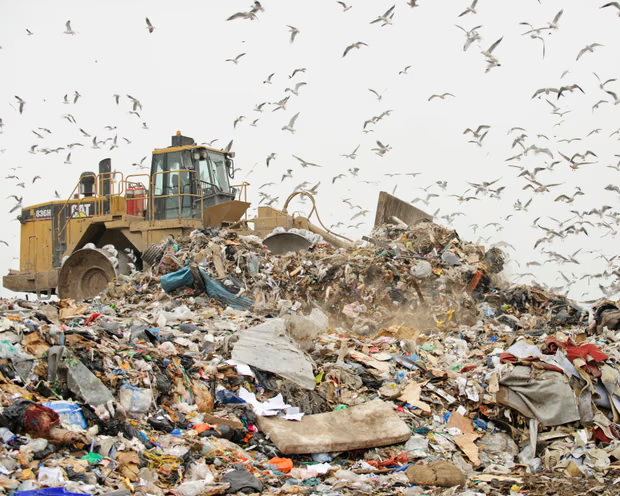


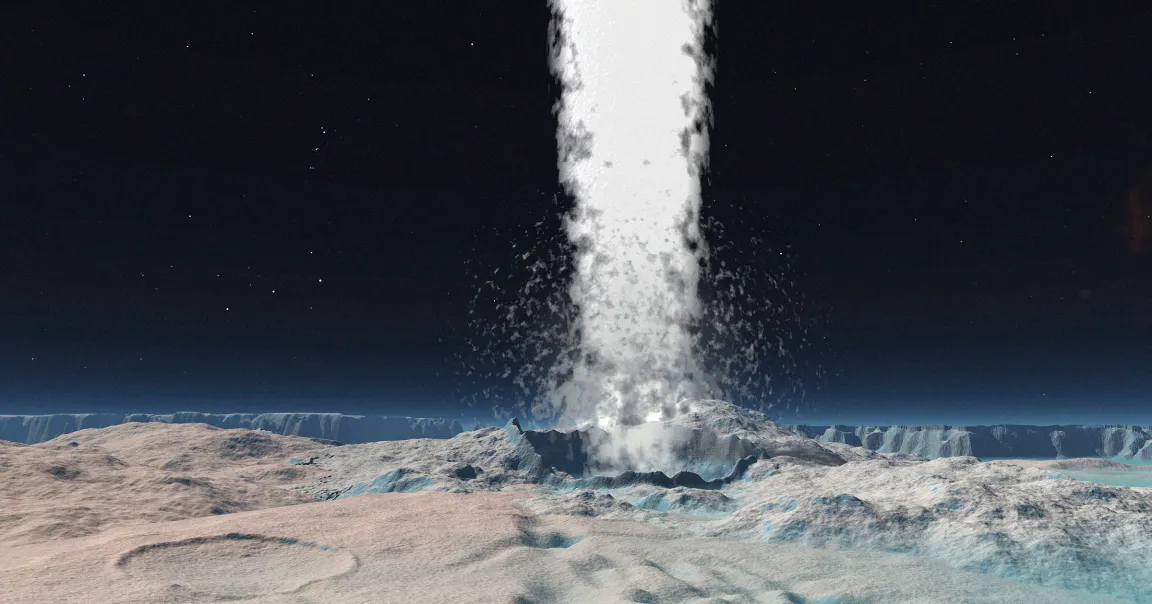
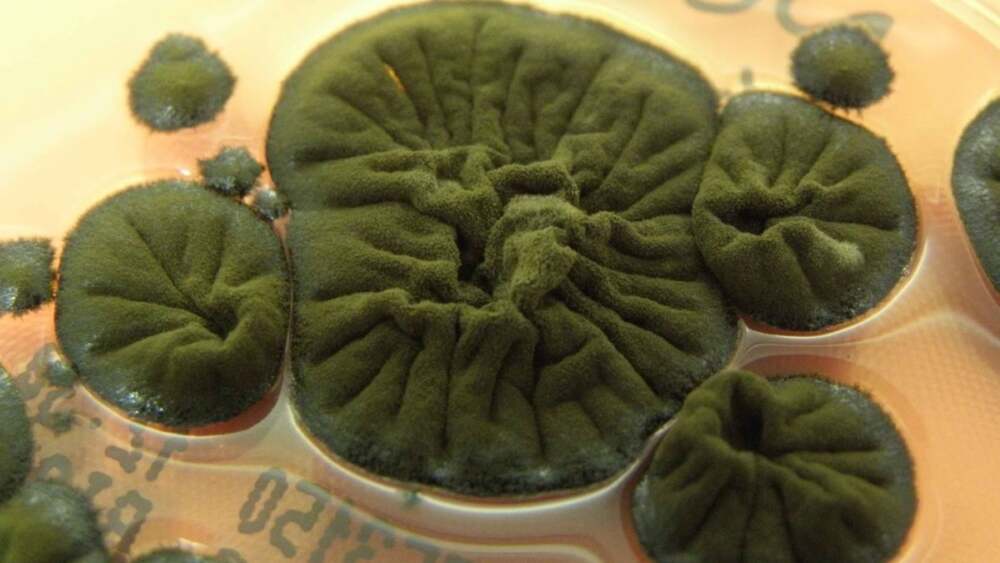
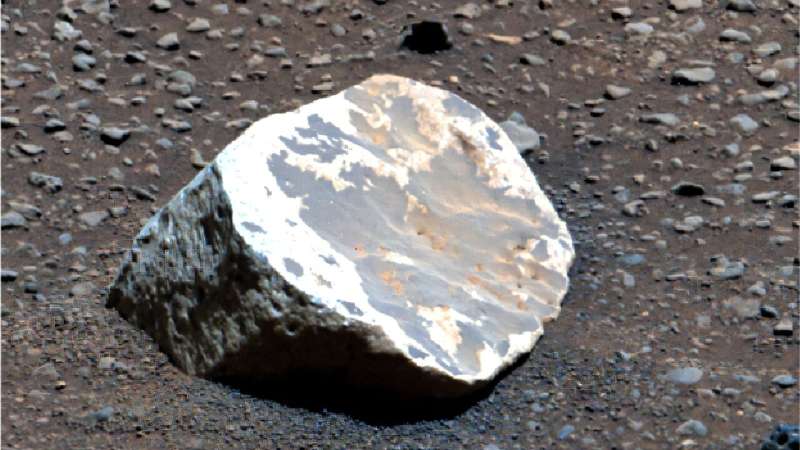
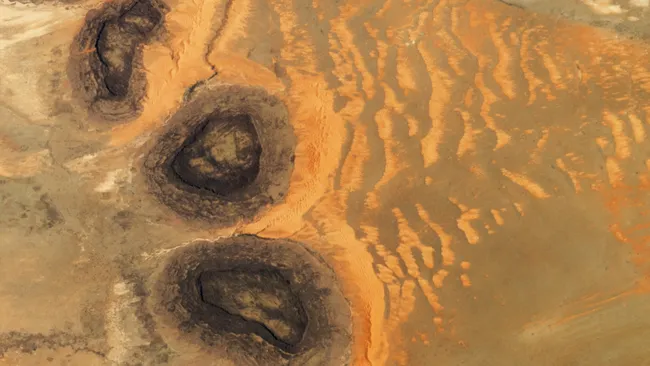
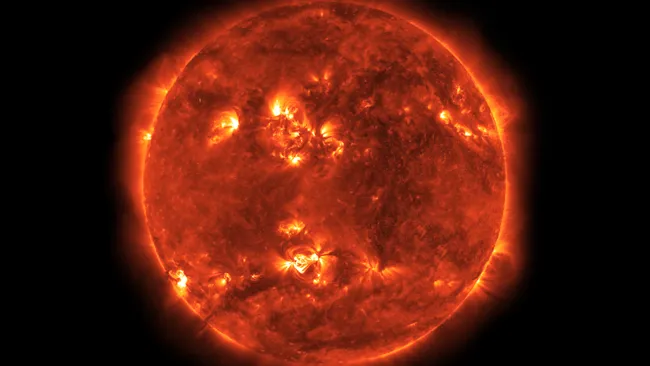
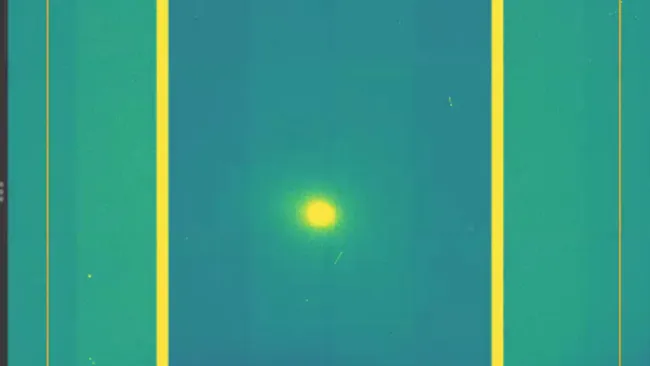

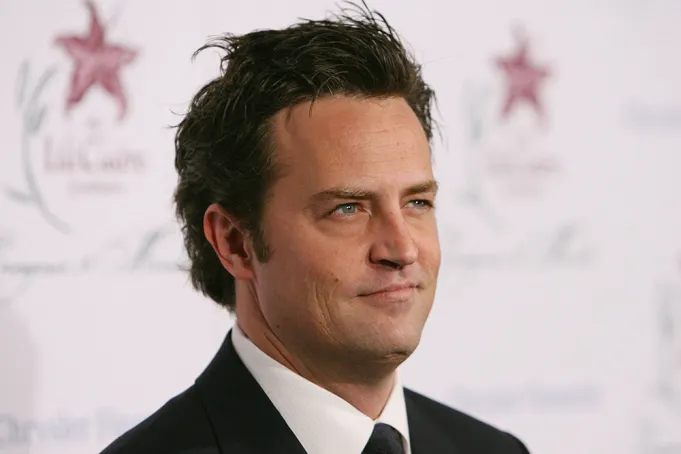

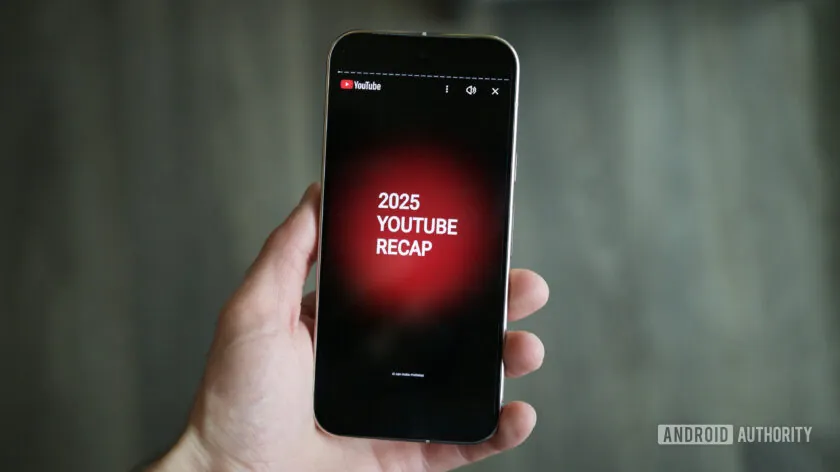
Leave a Reply